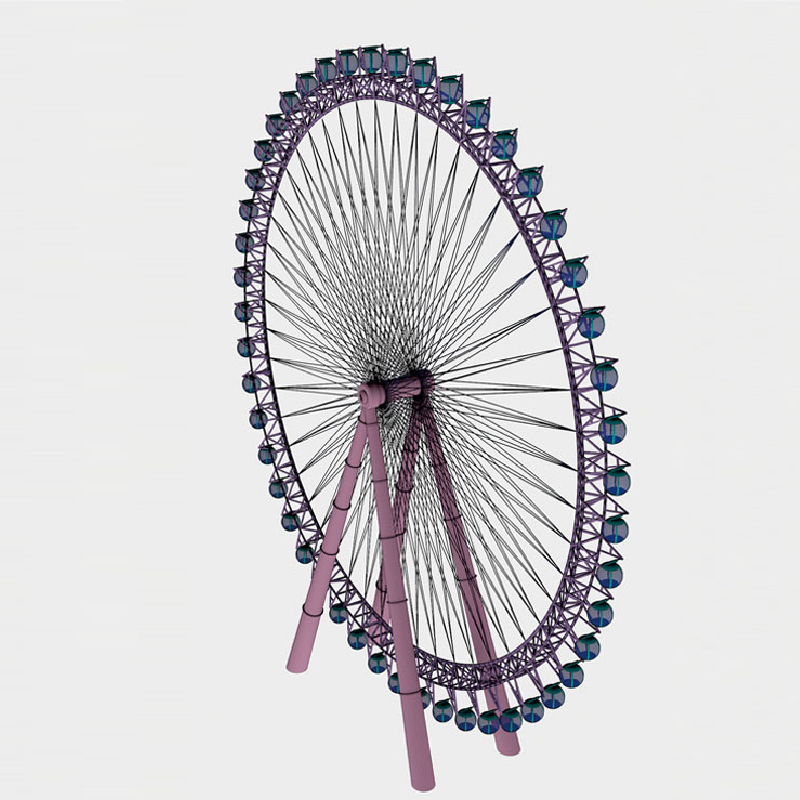- Albanian
- Arabic
- Belarusian
- Bengali
- Czech
- English
- French
- German
- Hebrew
- Hungarian
- Indonesian
- irish
- Italian
- Japanese
- kazakh
- Persian
- Russian
- Thai
- Uzbek
- Vietnamese
Understanding the Different Types of Seats Found on Roller Coasters and Their Features
What Are the Seats on a Roller Coaster Called?
When we think of amusement parks and thrilling rides, roller coasters often top the list as fan-favorite attractions. These towering structures, filled with loops, drops, and exhilarating twists, draw in crowds of candy-coated thrill-seekers eager to experience the adrenaline rush they promise. But amidst all the excitement, have you ever wondered what these seats, where riders experience sensations of weightlessness, fear, and delight, are called?
The seats on a roller coaster are typically referred to as cars, cars, or trains. Each of these terms has specific implications about the design and structure of roller coasters. Let’s delve deeper into these terminologies and explore their significance in the realm of roller coaster engineering.
Firstly, the term “car” refers to the individual units that carry passengers on the ride. A roller coaster can consist of several cars linked together to form a train, allowing numerous riders to experience the thrill simultaneously. Each car usually accommodates multiple people, depending on the ride's design. For instance, some coasters have single-file seating, while others have side-by-side seating arrangements. The design can significantly influence the experience of the ride; for example, seat positioning can alter how intense the G-forces and drops feel to the riders.
In addition to the general term “car,” there are some other specific names for different seating configurations and ride designs. For example, a bobsled coaster features sled-like cars that move along a track without the need for a rail guide, creating an exhilarating sensation of speed and freedom. On the other hand, inverted coasters have trains where the passengers sit below the track, providing a unique and thrilling perspective as they soar through loops and turns.
what are the seats on a roller coaster called

Another term often used in the context is “restraint system.” This refers to the safety mechanisms that secure passengers in their seats during the ride. Restraints come in various designs, including lap bars, over-the-shoulder harnesses, and seat belts, each crafted to ensure rider safety while still allowing for an exciting, unencumbered experience.
For those who enjoy the view, “front-row seats” on a roller coaster are highly coveted. Sitting in the front car allows riders to be the first to experience drops and turns, offering an unparalleled vantage point of the ride and the surrounding landscape. Conversely, those who prefer to get a little more shaken might enjoy the back row. Riding in the back car can amplify the sensations of the coaster, as the momentum builds from the cars in front, creating a delayed thrill that some riders crave.
Moreover, theme parks have started incorporating specialized cars in their roller coasters to enhance the experience. For example, spinning coasters feature cars that rotate independently from the track, leading to a unique ride as riders never quite know what orientation they will be in as they fly through loops and turns.
In conclusion, while the term seats might conjure up the image of a simple place to sit, the thought and engineering put into roller coaster cars and their configurations are anything but basic. The experiences they deliver collectively form exciting and unforgettable memories for park-goers of all ages. Next time you buckle in for a ride, take a moment to appreciate the intricacies of those cars and how with every twist and turn, they take you on a journey that transcends just a simple amusement ride.
-
Flume Ride-Hebei Zhipao Amusement Equipment Manufacturing Co., Ltd.|Thrilling Water Attraction&Customizable DesignJul.30,2025
-
Flume Ride - Hebei Zhipao Amusement Equipment | Water Coaster, Thrilling DescentJul.30,2025
-
Flume Ride - Hebei Zhipao | Thrilling Water AttractionJul.30,2025
-
Flume Ride: Thrilling Water Attraction by Hebei Zhipao|Log Flume Manufacturers&Flume Ride DesignJul.30,2025
-
Flume Ride-Hebei Zhipao Amusement Equipment Manufacturing Co., Ltd.|Thrilling Water Coaster, Safe DesignJul.30,2025
-
Flume Ride-Hebei Zhipao Amusement Equipment Manufacturing Co., Ltd.|Thrilling Water Attraction, Safe DesignJul.30,2025
